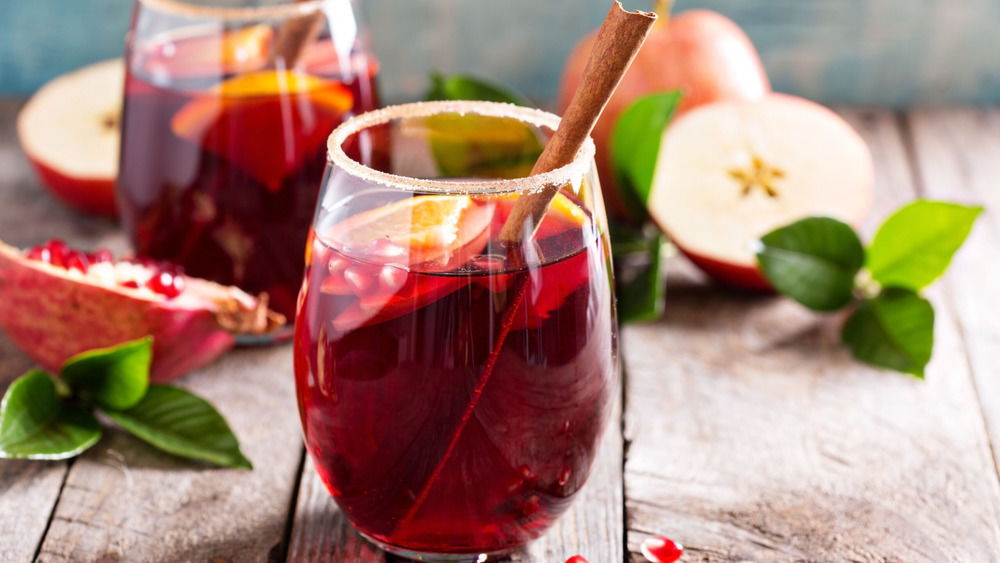 Spain is a country with a rich history, diverse culture and gastronomy, where alcohol plays an important role in everyday life. Spaniards don't just drink, they savour every sip, as alcohol is not only a way to relax, but also part of cultural traditions and events.
Spain is a country with a rich history, diverse culture and gastronomy, where alcohol plays an important role in everyday life. Spaniards don't just drink, they savour every sip, as alcohol is not only a way to relax, but also part of cultural traditions and events.
Traditions and customs related to drinks
Traditionally, Spaniards prefer to drink in the company of friends and family. For example, parties with tapas (snacks) and wine are an integral part of Spanish culture. 
Each time of year also brings its own alcohol-related customs, such as the celebration of Christmas, Carnival or San Juan Night, when whole companies gather around a bonfire and consume alcohol over conversation.
Botellón is a Spanish tradition where, usually late at night, people gather in public places to chat and enjoy alcoholic drinks. This pastime is particularly popular among young people, as the prices of drinks in bars and clubs have risen significantly.
The role of alcohol in social interactions
Alcohol in Spain, as in other countries, is a means of socialising. Over a glass of wine or a bottle of beer, people discuss news, share experiences and strengthen friendships. ‘Breakfast with a glass of wine’ or an evening meeting with friends in a bar are common practices that emphasise the importance of social interaction.
Alcoholic drinks in Spain
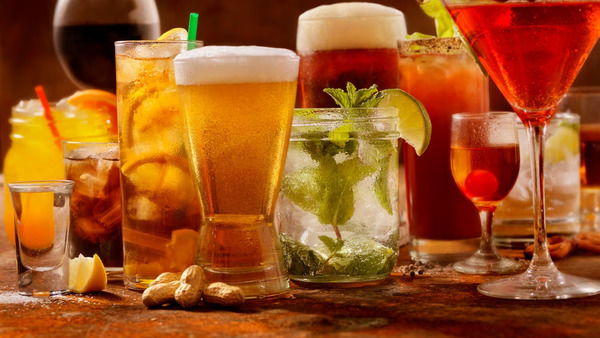 Types of Spanish alcoholic drinks and popular brands
Types of Spanish alcoholic drinks and popular brands
Spanish alcoholic drinks can be divided into several categories:
- The wines range from white to red, dry to sweet. Among them, Rioja y Ribera del Duero are the most popular. But the wines of other producers are also very good.
- The beers are popular brands such as Mahou, San Miguel, Estrella Damm and Cruzcampo.
- Anise liqueurs are sweet and dry liqueurs, such as Anís del Mono, which is produced in Badalona (near Barcelona).
- Pacharán is a tincture of wild plum (sloe) with an aniseed flavour and aroma. Originally from Navarra, it is more common in northern Spain, but it can easily be found and tasted in the rest of the region as well.
- Cider is a low-alcohol drink obtained from the fermentation of apple juice. This traditional drink is particularly appreciated in the north of Spain, in regions such as Asturias and the Basque Country, where it occupies an important place in culture and gastronomy. For example, Asturian natural cider is famous for its classic production process and the unique endogenous carbon dioxide that is produced during bottling.
- Cocktails - traditional Spanish cocktails such as Tinto de Verano and Sangria.
How to choose a Spanish drink for the occasion
When choosing a Spanish drink, it's important to consider:
- Event: cava or sparkling wine is better for a celebration, red wine for a quiet evening.
- Food: pair your wine with food. For example, white wine goes well with seafood and red wine goes well with meat. In the case of a simple appetiser or tapas, a beer is perfect. Here, at the cafe are asked to bring a bottle of beer (in such cases, they simply say ‘una servessa por favor’) or, if on tap, then order a ‘Caña’ - a medium-sized mug of beer on tap from a keg.
- Personal preference: be sure to take into account the taste preferences of your guests. For example, some people will always prefer a beer out of all alcoholic drinks in Spain, while others drink according to the occasion, time of day and even season.
Spanish wine
In Spanish shops and supermarkets you can see many wines, but it is very difficult to understand which one is the best for your taste and preference. It is not only the ageing time of the wine that matters, but also the grape variety.
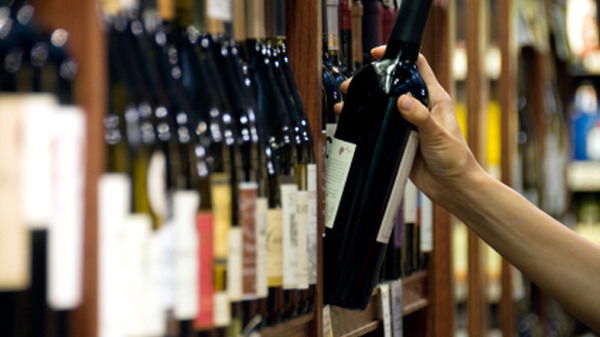 Classification of wines by ageing:
Classification of wines by ageing:
Young wine: Not aged in barrels or aged for a very short time.
Semi-crianza/Oak: Matured in barrels for at least 6 months, but the total ageing period does not reach two years.
Crianza:
Red: minimum 2 years of ageing, of which 6-12 months in a barrel of no more than 330 litres.
White and rosé: minimum 18 months of ageing.
Reserva:
Red: minimum 36 months of ageing, of which a minimum of 12 months in barrel.
White and rosé: minimum 24 months of ageing, of which a minimum of 6 months in barrel.
Gran Reserva:
Red: minimum 60 months of ageing, including a minimum of 18 months in cask. Only high quality harvests are used.
White and rosé: minimum 48 months of ageing, of which a minimum of 6 months in oak barrels.
Types of grapes:
Tempranillo: A red grape variety, harvested earlier than usual, with a fruity flavour.
Verdejo: A white grape variety, with aromas and flavours of tropical fruits.
Garnacha: A fruity grape variety typical of north-eastern Spain.
Syrah: A dark red grape variety native to France with a sour flavour.
Cabernet Sauvignon: A French grape variety that has pleasant acidity and ages well in barrels.
Variety of Spanish wines
Spain is famous for its variety of wines, among which we can highlight: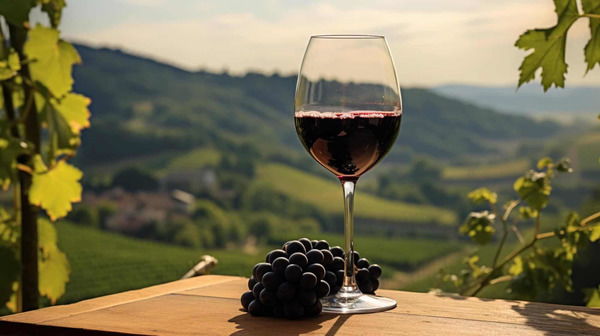
- Rioja is a famous red wine.
- Jerez is a fortified wine from Andalusia.
- Cava is a Spanish sparkling wine that is often compared to champagne.
Wine regions of Spain
Major regions known for their wine include:
- Rioja - known for its red wines.
- Penedes is the birthplace of cava.
- Castile and Leon - produces high quality red wines.
Pairing wines with Spanish dishes
To maximise the enjoyment of Spanish wine, it is recommended to pair it with traditional dishes. For example:
- Rioja - with meat dishes and cheeses.
- Jerez - with seafood and appetisers.
- Cava - with desserts or as a pre-dinner drink.
Traditional drinks in Spain
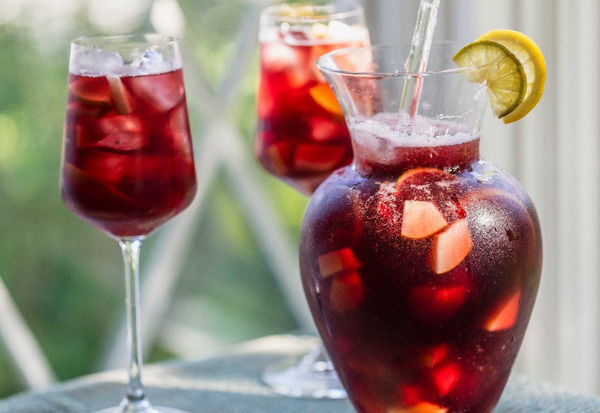
Description of the most famous traditional drinks
Some of the traditional Spanish drinks include:
- Sangria is a refreshing drink based on red wine and fruit.
- Tinto de Verano is a light wine cocktail, especially popular on hot days. It resembles sangria, but contains fewer ingredients: red wine and soda (sweet mineral water ‘Gaseosa’). The drink originated in the early 20th century in Cordoba, Andalusia.
- Horchata is a sweet drink made from chufa nuts, popular in Valencia.
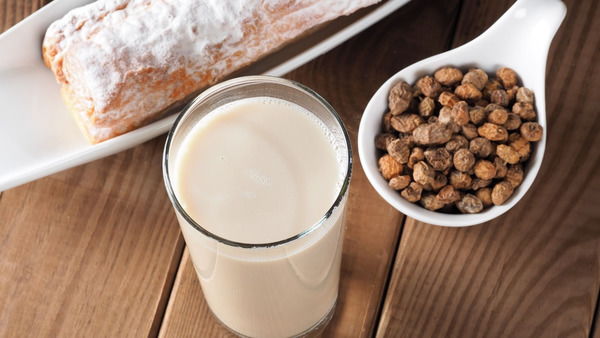 Spanish culture offers a huge variety of alcoholic drinks, from wines to aniseed liqueurs and cocktails. Each drink carries a piece of the history and traditions that make Spain unique.
Spanish culture offers a huge variety of alcoholic drinks, from wines to aniseed liqueurs and cocktails. Each drink carries a piece of the history and traditions that make Spain unique.
Those interested in Spanish culture should try different types of Spanish drinks and pair them with local dishes. This will allow you not only to enjoy the flavours, but also to understand the culture of this amazing country.
Taste, discover new flavours and enjoy the atmosphere of Spain!


 English
English  Español
Español  Русский
Русский